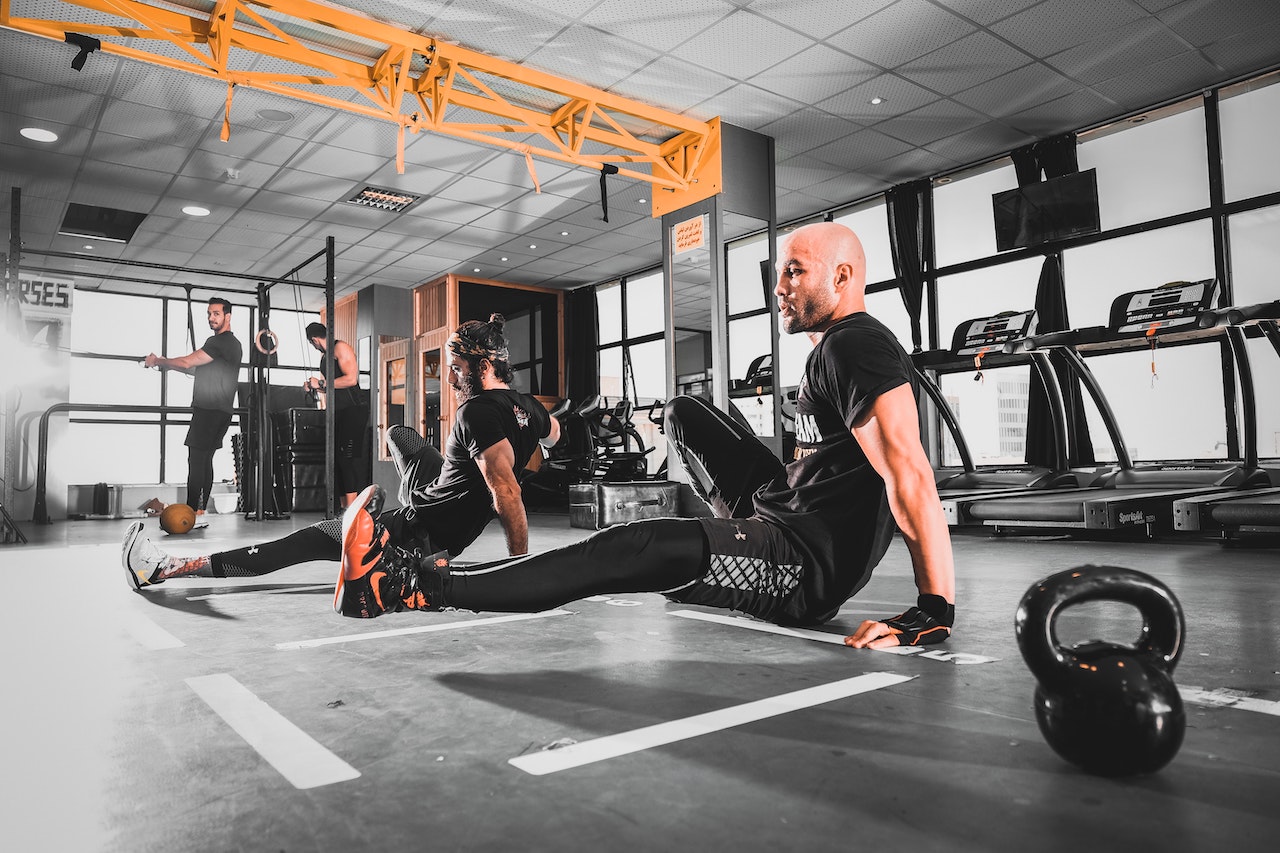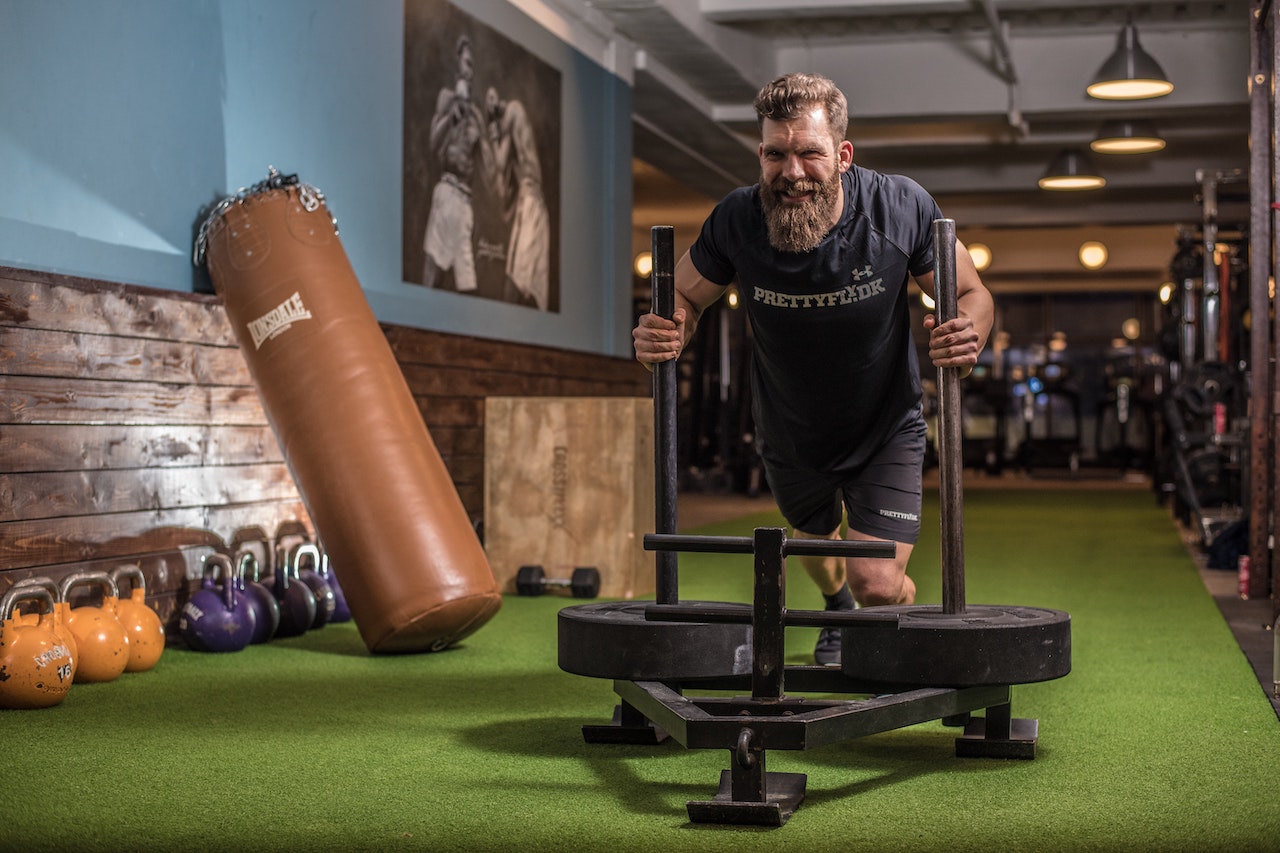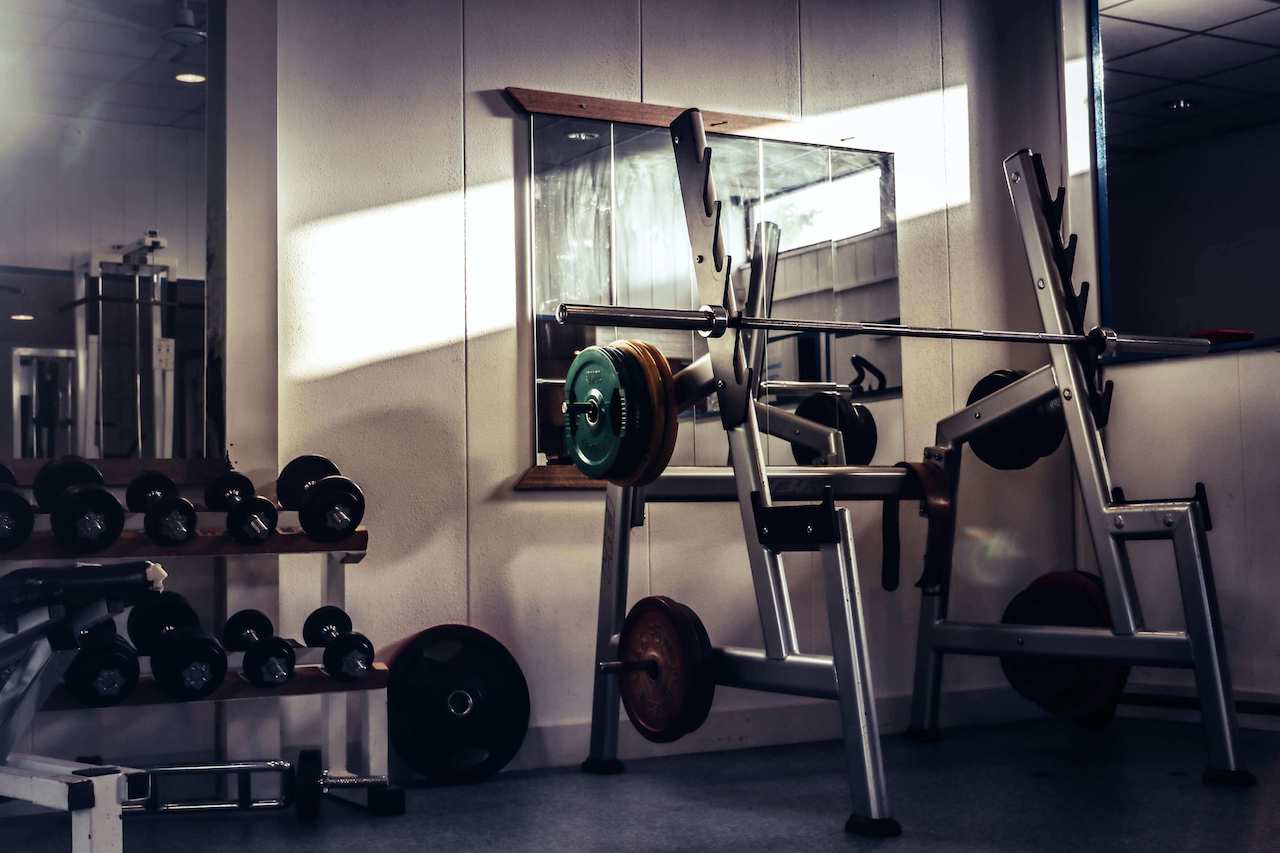Do you guys feel like there could be someone who could complete a high-intensity interval training circuit, but could barely run a few kilometres? Or, what if a marathon runner couldn't even jump a box? It's a bit of an exaggeration to say that, but if that's the case then the difference could be in the composition of their skeletal muscles.

Your body has two types of skeletal muscle fibres: Slow contracting (type i) and fast contracting (type ii).
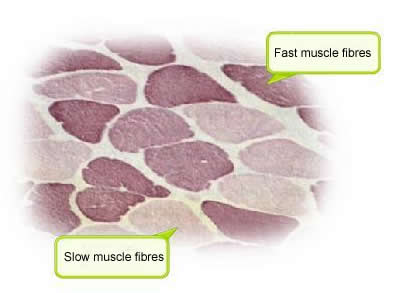
Slow contracting muscles give you the stamina to do endurance sports like long distance running. People use fast contracting muscles to do explosive movements like sprinting, jumping, etc.
We will learn how these two types of muscles work when you are training or competing. Together you will also learn how to work the fast and slow muscles to get yourself in the best shape possible.
Fast-contracting muscles vs. Slow-contracting muscles
During aerobic exercises such as running or swimming, the slow muscle fibres are the first to contract. But when you are using a heavy kettlebell or doing some fast exercises, you are using fast contracting muscles.

The slow muscle won't give you much strength, but he will provide enough energy to complete the constant repetition of the exercise.
Fast contracting muscles, on the other hand, can be divided into two categories:Moderately fast contracting (type iia) and fast contracting (type iib or iix).

Moderately fast-contracting muscles are thicker, contract faster and burn out quicker. This is similar to tiring yourself out in 5 minutes exercise style
Rapid contraction muscles are the most powerful, but not for endurance. When the body waits as long as it can to use the fast-contracting muscles during an activity, it activates these nerves and "Gives it a go" At the end of the day, as we often say with a 1 rep max, or 1rm.
None of these muscles is better than the other. Instead, you can learn to help them work together to improve your overall athletic performance.

What is the role of rapidly contracting muscle fibres?
Training close to the limit, such as doing a fast hiit workout or an augmentation-style workout, can help you make sure your fast muscle fibres are working.

If you want to get well-developed muscles and improve your strength, using and developing fast contractile fibres is the only way to go. Add some more weight to the barbell and do a few more reps and you will see the changes you want.
On the other hand, aerobic exercises that use mainly slow muscle fibres will increase your endurance and your muscles' use of oxygen, allowing you to burn energy for longer.
The people you see spending 45 minutes on the elliptical machine or climbing stairs are working out just their slow muscle fibres.

A 2019 study found that the higher the percentage of fast muscle, the higher the blood pressure. The science behind this study also suggests that people with more slow muscle recover faster.
Gender differences.

A 2015 comprehensive study looking at a large number of studies on differences between different races and genders, while looking at many aspects of muscle behaviour, was particularly interesting in noting the differences in the way men and women's muscles contract.
Testosterone is a male sex hormone. According to this study, animals with lower testosterone levels (including most females) tend to produce more slow-contracting muscles and lose fast-contracting muscles, and they also have lower total muscle mass.
This means that females don't usually build the same muscle strength or mass as males, but they do recover more quickly from exercise.
Training your fast and slow muscle fibres
Can you change your muscle type? This is a good question and there is little research to determine this matter.
A 2012 study showed that it is possible to transform fast muscle fibres into moderately fast ones by increasing endurance or stamina training. The results of the study also suggest that the opposite may be true.
A recent 2019 study of 22 fit older adults also found the presence of a new type of muscle fibre: The hybrid fibre.

The study found that 22 sedentary older adults possessed a mix of fibres between fast and slow muscles. These findings suggest that these fibres may be in a transitional variable process, but more research is needed.
In any case, it is important to remember that as we age, fast-contracting muscles are depleted more than slow-contracting muscles, so increasing muscle strength becomes more difficult as we age, so much of the training has to start at a younger age.
As there is no conclusive evidence that muscle fibres can be converted from slow to fast muscle fibres and vice versa, we recommend training the muscles separately. As long as you have different workouts that mix strength and endurance, the different muscle fibre types will remain relatively well balanced.
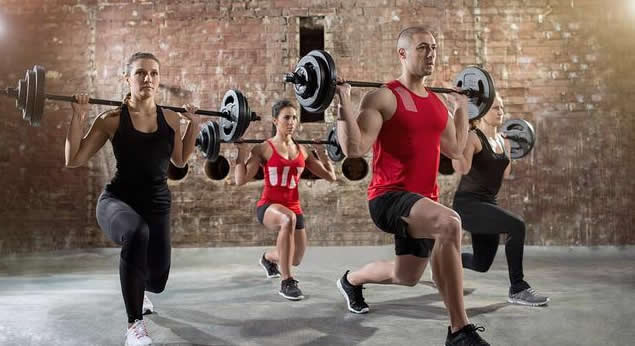
Generally speaking, you get a better workout when you force your muscles to work in different ways and get out of your comfort zone. Continue to mix your workouts to stimulate all types of muscle fibres and you will get better athletic performance.

